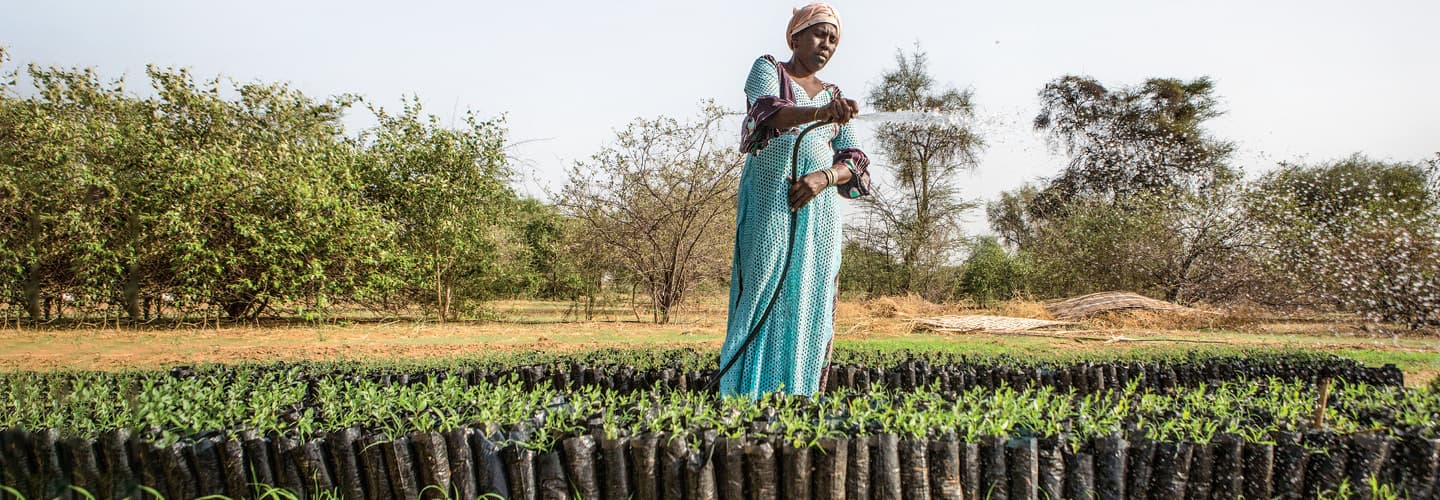Over the past decade, Nomao Alkali, a farmer in Niger, has witnessed a miraculous transformation of the land he inherited from his father: Instead of acres of red-rock desert, he now has fertile land that supports acacia trees and the growth of beans, millet, peanuts, and sesame crops.
“Nine years ago, the land was a disaster,” Alkali says of his farm in the village of Fada, about 130 miles southeast of Niamey, the capital of Niger. “If you put seeds in the ground, you would have almost nothing, the soil was so poor.”
Nomao Alkali is a farmer in Niger. His farm was passed down from his father. Over the past decade, Alkali has seen the land change in a miraculous way. Instead of acres of red-rock desert, he now has fertile land. It supports acacia trees and the growth of beans, millet, peanuts, and sesame crops.
“Nine years ago, the land was a disaster,” Alkali says of his farm. “If you put seeds in the ground, you would have almost nothing, the soil was so poor.”

